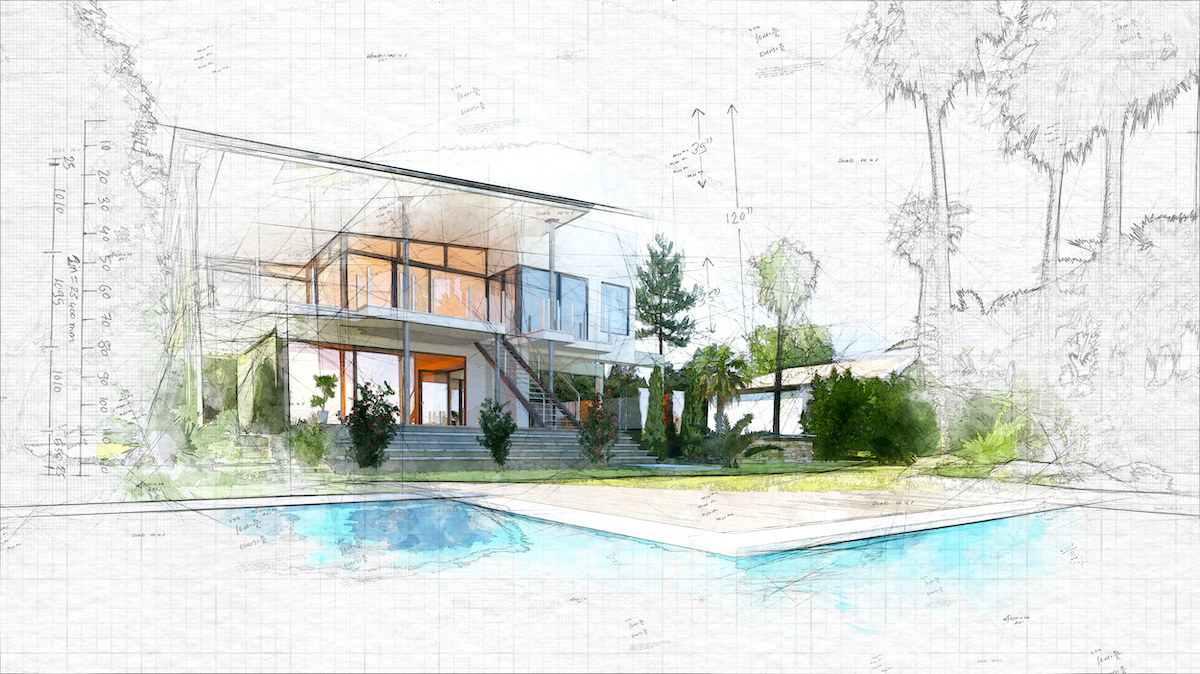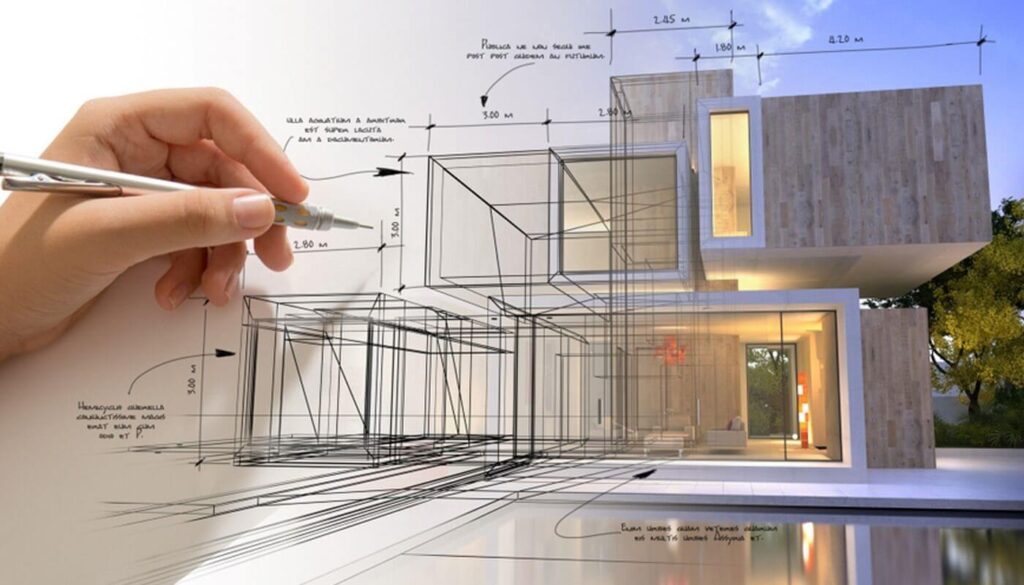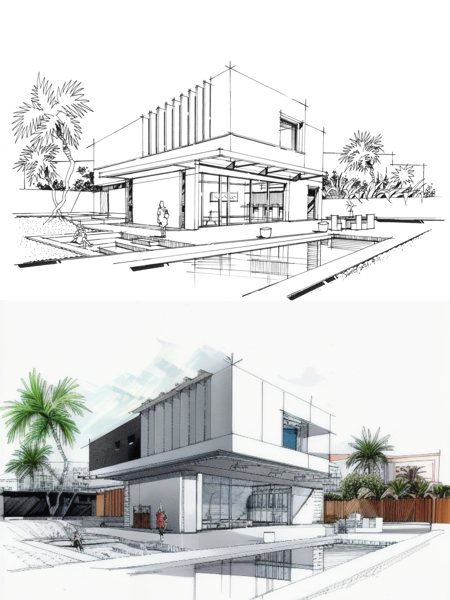The Creative Refine Behind Successful Jobs from CDA Architects
The Creative Refine Behind Successful Jobs from CDA Architects
Blog Article
The Necessary Function of an Engineer in Forming Lasting Urban Settings for Future Generations
The duty of a designer in crafting lasting urban environments is increasingly essential in responding to the obstacles of climate adjustment and urbanization. By seamlessly incorporating environmental principles right into their designs, designers not just improve the aesthetic and practical high quality of urban spaces yet likewise address pressing problems such as energy efficiency and social equity.
Comprehending Lasting Urban Style
Lasting metropolitan style incorporates ecological principles with city preparation to produce settings that are not only habitable however likewise durable. This approach emphasizes the relevance of integrating natural systems into the metropolitan textile, making certain that growth fulfills the demands of the present without jeopardizing the capacity of future generations to satisfy their very own demands. Key components of lasting metropolitan style include reliable land usage, the promotion of biodiversity, and the integration of green areas, all of which add to enhanced top quality of life for homeowners.
In addition, sustainable city layout focuses on the reduction of the urban warm island impact, improved air high quality, and efficient stormwater monitoring. It encourages making use of renewable energies and energy-efficient structure practices, which significantly lower carbon impacts. Furthermore, lasting urban design promotes social equity by developing obtainable public spaces and promoting mixed-use developments that provide to diverse populations.
With thoughtful planning and cutting-edge design techniques, lasting urban atmospheres can improve area strength versus climate adjustment while fostering financial growth. This holistic strategy not just addresses prompt urban challenges however also prepares for much healthier, a lot more sustainable cities for generations to come.
Trick Duties of Designers
Designers play a pivotal function in forming sustainable metropolitan atmospheres by translating layout principles into substantial frameworks and rooms. Their responsibilities incorporate a variety of tasks that contribute to the total success of metropolitan design projects.
First and leading, architects conduct comprehensive site evaluations to understand the ecological, social, and social context of their tasks. This fundamental expertise informs their style choices, making sure that structures integrate with their surroundings. They also involve in joint procedures with stakeholders, including city planners, designers, and the neighborhood, promoting an inclusive technique to metropolitan development.
Furthermore, designers are tasked with producing layouts that enhance power performance, source conservation, and performance. They should stick to neighborhood zoning regulations, developing codes, and sustainability accreditations, guaranteeing compliance while pressing the boundaries of innovation.

Ingenious Products and Techniques
In the quest of ecologically accountable style, cutting-edge products and techniques have actually become essential elements in the creation of sustainable metropolitan settings. Engineers are progressively using products that decrease environmental impact while improving power efficiency. Recycled products, such as recovered wood and repurposed steels, not only decrease waste yet likewise include one-of-a-kind aesthetic top qualities to structures.
Additionally, developments in technology have actually resulted in the advancement of high-performance materials, such as protected concrete types (ICFs) and photovoltaic or pv glass, which add to energy conservation and harness renewable resource. Techniques such as passive solar layout and eco-friendly roofings additionally exhibit how design can balance with all-natural systems, reducing reliance on fabricated heating and air conditioning.
In addition, the combination of smart products, which adjust to environmental modifications, uses encouraging opportunities for improving structure performance - cda architects. These products can react to temperature variations or wetness levels, optimizing comfort and sustainability
Ultimately, the tactical selection and application of cutting-edge materials and strategies empower designers to produce urban areas that are not just practical and aesthetically pleasing yet additionally visit our website durable and ecologically liable, ensuring a sustainable future for generations ahead.
Community Interaction and Collaboration
The success of innovative products and strategies in sustainable urban architecture is dramatically boosted by energetic area interaction and collaboration. Engineers need to identify that the built atmosphere profoundly influences the lives of regional residents, making it crucial to include them in the design process. Involving the neighborhood fosters a feeling of ownership and responsibility, guaranteeing that developments not just fulfill visual and practical needs but also reflect the worths and ambitions of those that populate them.

Successful area involvement also assists in focusing on social equity within city development. By thinking about the voices of marginalized populations, designers can produce areas that are inclusive and equitable. By doing this, neighborhood interaction and partnership end up being important to accomplishing genuinely lasting metropolitan atmospheres that serve the requirements of present and future generations.
Future Patterns in Sustainable Design

Additionally, advancements in modern technology are shaping future trends in lasting architecture. The combination of smart products and structure systems enables for real-time power management, boosting efficiency and lowering carbon footprints. Advancements such as green roofings, living wall surfaces, and energy-generating facades are coming to be basic methods, further promoting eco-friendly balance within metropolitan settings.
Moreover, a shift towards biophilic design is getting grip, emphasizing the connection in between nature and human health. By incorporating natural aspects, engineers develop spaces that promote psychological wellness while advertising biodiversity.
Conclusion
To conclude, engineers are pivotal ahead of time sustainable urban atmospheres via their experience in layout, innovative materials, and community engagement. By focusing on energy effectiveness and resource preservation, these experts add to the development of resistant urban rooms that meet the demands of present and future generations - cda architects. The integration of ecological principles not only improves livability yet likewise promotes social equity, guaranteeing growths reverberate with the values and desires of the areas they offer
Report this page